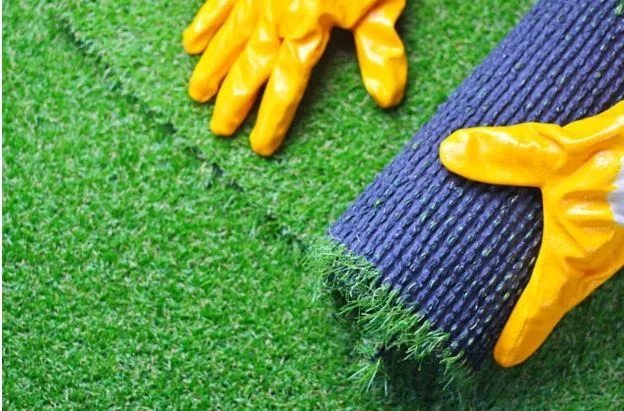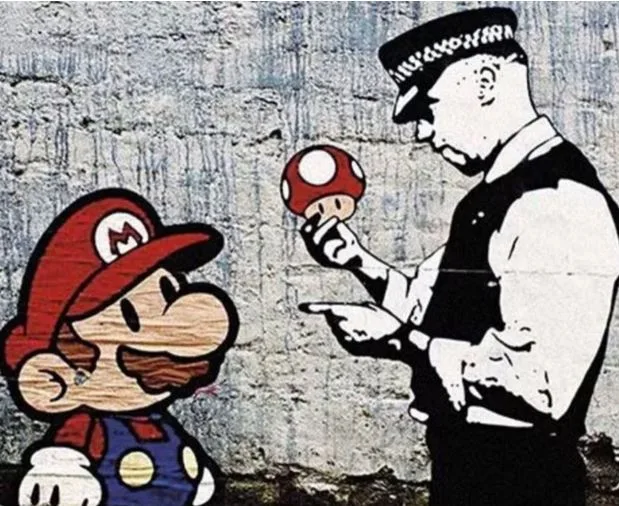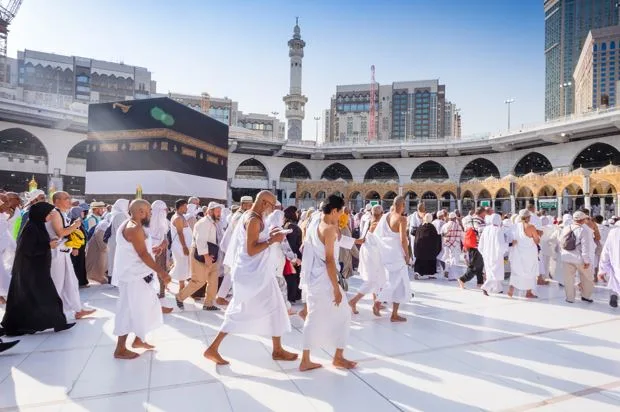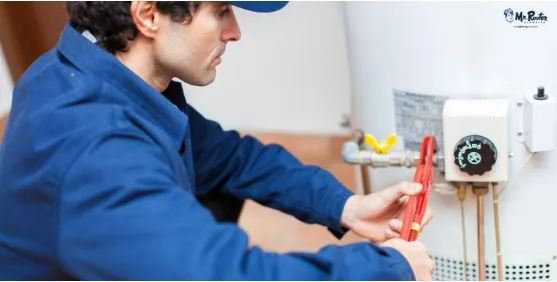Synthetic Turf: The Low-Maintenance Secret to a Perfect Green Lawn
If someone had told you twenty years ago that fake grass would become a backyard trend, you probably would’ve laughed. But here we are. Synthetic turf isn’t just for football fields anymore. It’s sneaking into suburban lawns, rooftop patios, dog parks, and even indoor gyms. And honestly? It makes sense.
The Real Deal With Synthetic Turf
So, what exactly is synthetic turf? It’s basically a man-made surface designed to look and feel like natural grass. But instead of dirt and blades that need mowing every week, it’s made of fibers (usually polyethylene or nylon) woven into a base layer with infill materials like sand or rubber to help it stand tall. Sounds fancy, right? But it’s really just smart engineering meeting everyday convenience. The biggest reason people are switching to synthetic turf is simple — maintenance. Real grass needs constant attention: watering, mowing, fertilizing, pest control, and the list goes on. Synthetic turf, on the other hand, stays green all year round. No mud. No weeds. No stress about drought restrictions or patchy yellow spots.
And for anyone living in hotter climates (looking at you, Arizona and Nevada), it’s a game changer.
It’s Not Just for Sports Anymore
Once upon a time, synthetic turf was that rough, scratchy surface in stadiums that left players with turf burns. Ouch. But technology has come a long way. Modern turf feels softer, looks more realistic, and can even come with built-in cooling systems to prevent that “walking on lava” summer experience. Now, you’ll find it in surprising places — kids’ playgrounds, golf putting greens, pet yards, balconies, and even commercial areas. One of my friends actually installed synthetic turf on his apartment balcony in the city. And I gotta say, it looks like a mini oasis surrounded by concrete.
There’s something oddly satisfying about seeing green all the time, even if it’s not technically real.
Saving Water (and Sanity)
Here’s a stat that might blow your mind — the average household uses thousands of gallons of water each year just to keep their lawn alive. That’s… a lot of water. Especially in areas where every drop counts. Synthetic turf doesn’t need watering (well, except for an occasional rinse to remove dust or pet messes). That makes it an eco-friendly choice for many. You’re not just saving time; you’re helping conserve one of our most precious resources. Of course, not everyone agrees it’s totally green. Some critics argue that the plastic materials and eventual disposal can offset its benefits. Fair point. But compared to mowing fuel, fertilizers, and heavy water use — it’s still a cleaner option in the long run.
The Pet-Friendly Bonus
Got dogs? Then you already know how quickly real grass can turn into a disaster zone. Muddy paw prints. Brown spots. Dig holes everywhere. Synthetic turf can be a lifesaver here. It’s durable enough to handle rough play and easy to clean — just hose it off or use an enzyme cleaner. Some turf types even have built-in drainage layers that make it perfect for pet owners. No puddles, no stink. And let’s face it, a clean backyard is a happy backyard.
The Hidden Downsides
Now, to be fair, synthetic turf isn’t flawless. Installation costs can be pretty high upfront, depending on the area and quality. And while you don’t need to water or mow it, you still need occasional maintenance — brushing, rinsing, and keeping it free of debris. There’s also the heat factor. On very sunny days, synthetic turf can get warm to the touch. Some homeowners use shade sails or cooling infill to fix that, but it’s something to keep in mind. And if you’re the kind of person who loves the smell of freshly cut grass (we get it, it’s nostalgic), then yeah, you might miss that part.
Why People Still Love It Anyway
Despite the downsides, more people are making the switch every year. It’s not just about convenience — it’s about aesthetics and lifestyle. You wake up, look outside, and your lawn looks perfect. Every. Single. Day. No patchy brown spots. No muddy shoes. No mowing noise on Sunday mornings when all you want is peace. For families, that’s priceless. Plus, with new turf technologies offering better drainage, cooler surfaces, and more realistic textures, synthetic turf doesn’t feel “fake” anymore. It just feels easy. And in our fast-paced, convenience-obsessed world, that’s a huge selling point.
The Future Looks Green (Literally)
Experts predict that the synthetic turf industry will keep growing over the next decade. Cities are using it for public spaces. Businesses are adding it for low-maintenance landscaping. Even schools are investing in it for playgrounds and sports fields. Why? Because it’s cost-effective in the long run. And because — let’s be honest — people like pretty things that don’t require constant work.
It’s kind of like switching from a flip phone to a smartphone. Once you make the move, there’s no going back.
Conclusion: Real Grass or Not, Green Is In
At the end of the day, whether you choose natural grass or synthetic turf comes down to lifestyle. If you love gardening and don’t mind getting your hands dirty, real grass might still have your heart. But if you’re tired of the endless mowing, watering, and seasonal lawn drama — synthetic turf might just be your new best friend. It’s low maintenance, eco-conscious, and versatile enough to fit modern living. Sure, it’s not perfect, but nothing truly is.




